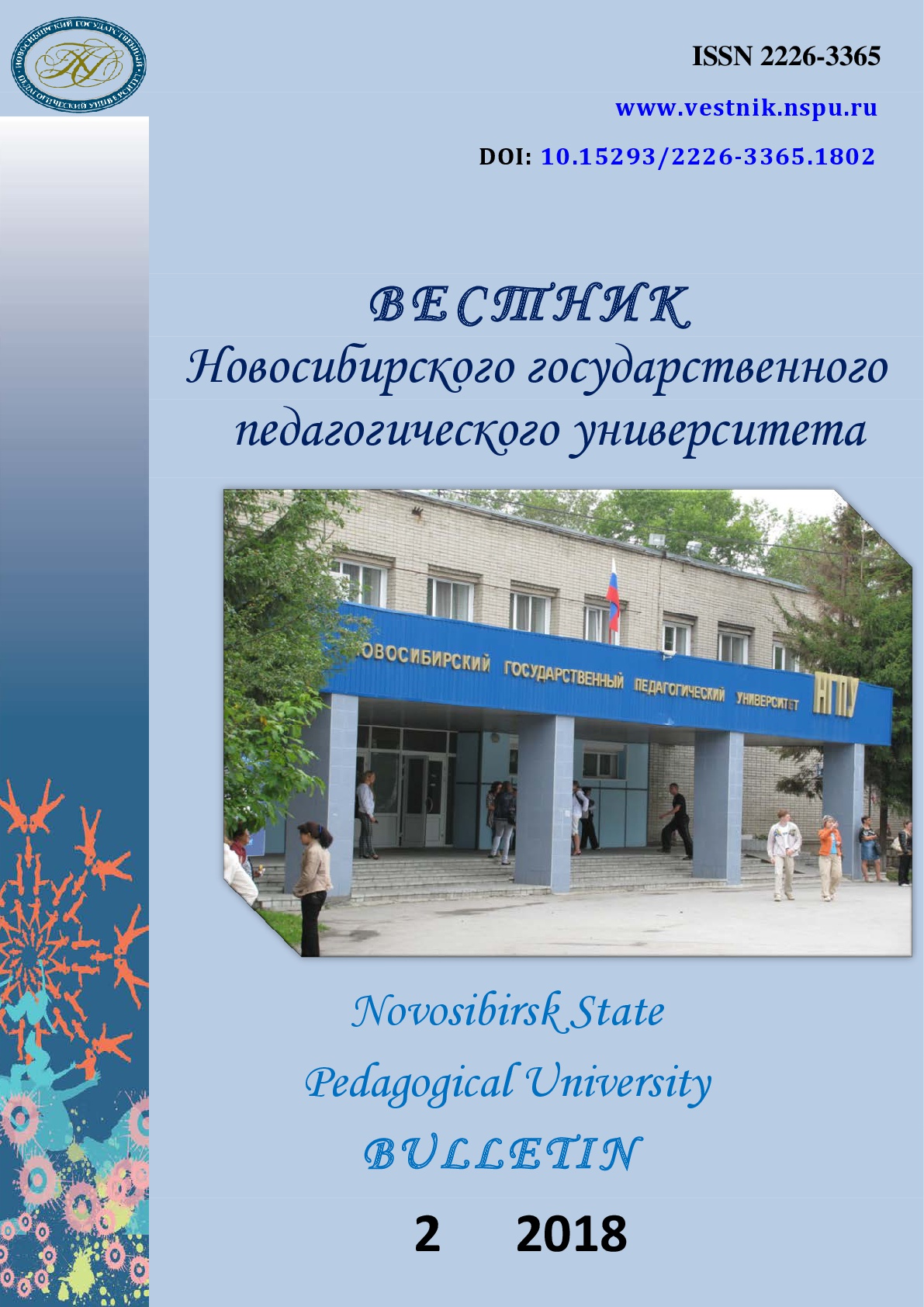Уровень развития адаптационного потенциала студентов
Level of adaptation capacity among undergraduate students
Author(s): Marina Viktorovna Rostovtseva, Olga Valeryevna Shaydurova, Natalia Alekseevna Goncharevich, Igor Anatolyevich Kovalevich, Vyachyaslav Ivanovich KudashovSubject(s): Education, Psychology
Published by: Новосибирский государственный педагогический университет
Keywords: Adaptability; Social adaptation; Motivation; Moral normativity; Communicative features; Directivity; Personal psychological features;
Summary/Abstract: Introduction. University studies may lead to high levels of stress among undergraduate students, including a range of psychogenic factors which deteriorate the processes of adaptation, learning, and development. It entails consequences which affect quality and effectiveness of learning and teaching. The success of overcoming these difficulties largely depends on the level of internal adaptation capacities and resources, motivational and other personal characteristics of students. The purpose of this study is to identify the level of adaptive capacity and psychological characteristics in first to third year undergraduate students. Materials and Methods. The research is based on the following theoretical approaches and ideas of Russian and foreign psychology: a holistic approach to the study of man in the system interconnections with the world by B. Ananiev; structural approach in studying personality traits; principle of unity of consciousness and activity by A. Leontief, and the ideas of the activity approach by F. Berezin, V. Petrovsky, and G. Hartman. In order to conduct the study of students’ psychological characteristics, the authors employed the following psychodiagnostic complex: the Eysenck's personality Inventory (EPI), T. Ilyina’s Motivation to studies in higher education institutions method, А. Reana and V. Yakunin’s method of Studying the motives of students' academic activity, the orientation questionnaire Personality Direction by B. Bas, a multi-level personal questionnaire Adaptivity (MLOAM) by A. Maklakov and S. Chermyanin. Results. The study of first to third year students’ personal characteristics showed that the level of adaptive resources (adaptability, neuropsychic stability, moral normativity, communicative skills, motivation, and person's focus on "business") is higher among senior students. The increase in adaptive capacities takes place among second year students, which is associated with the completion of the adaptation period. By the beginning of the third year, the process of adaptation is coming to an end, which is confirmed by the data on a sharp increase in the number of students demonstrating high adaptive capacity. The significance of carrying out research on personal social and psychological characteristics of students and the need of providing psychological help and support in learning, development of individual trajectories of socialization and adaptation of students are substantiated. Conclusions. Recommendations are provided to enhance students’ adaptive capacities.
Journal: Вестник Новосибирского государственного педагогического университета
- Issue Year: 8/2018
- Issue No: 2
- Page Range: 43-61
- Page Count: 19
- Language: Russian

